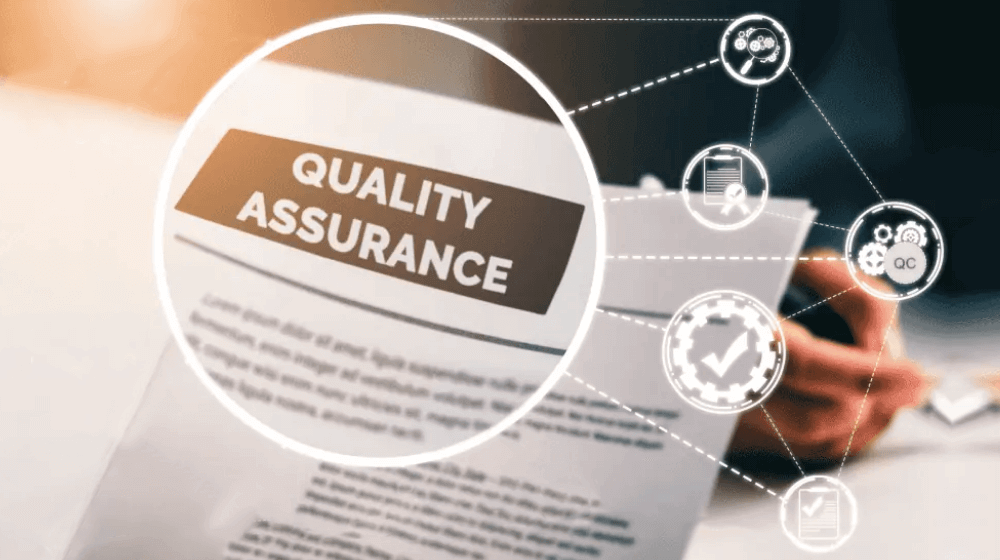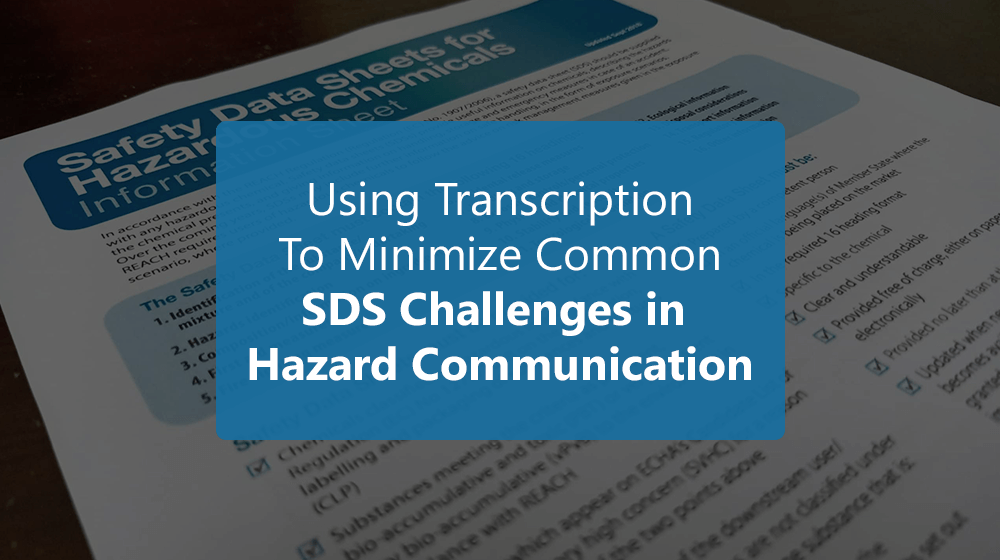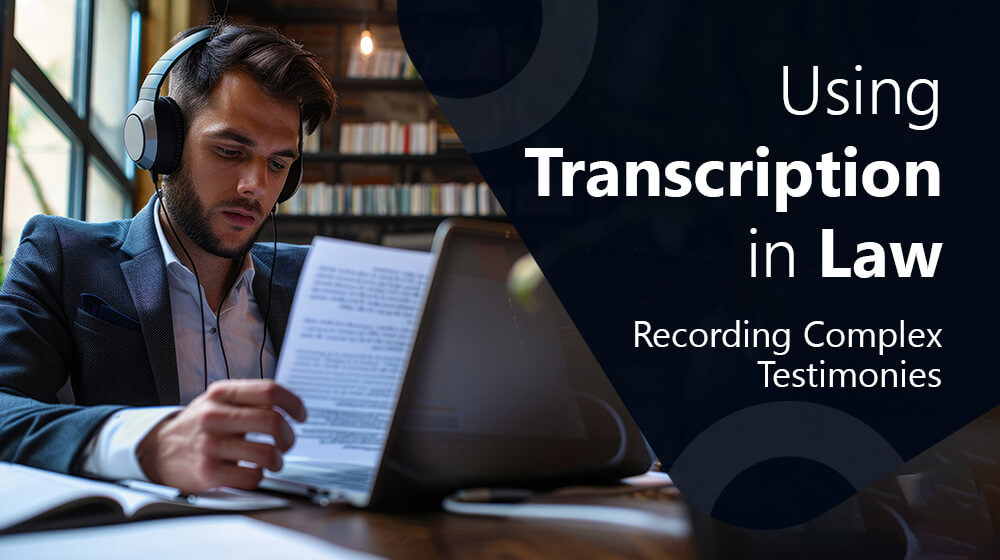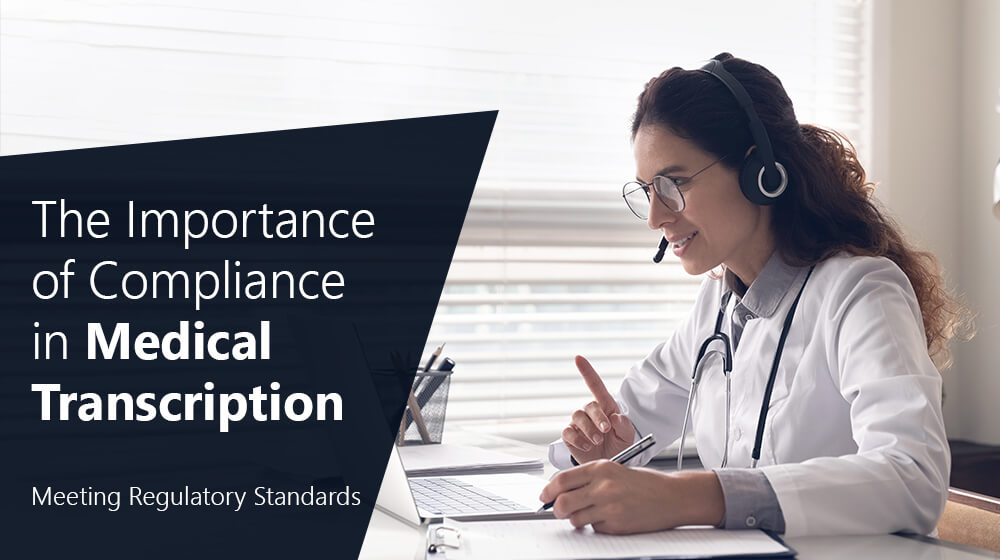The effectiveness of a translation project depends on the quality of the translation. This is where Translation Quality Assessment (TQA) comes into play. TQA evaluates the quality of translated content to ensure that it meets the intended purpose
Let’s learn more about the metrics and methods used for measuring the quality of translations.
Metrics for Measuring Translation Quality:
1. Accuracy
Accuracy is one of the most vital metrics for measuring the quality of translations. It means the degree to which the translated text reflects the intended meaning of the source text. Accuracy can be measured by comparing the source text and the translated text and evaluating the degree of similarity between them.
2. Completeness
Completeness states the degree to which the translation covers all the content of the source text. It is pretty crucial to ensure that nothing is lost in translation and that the target audience receives all the necessary information.
3. Clarity
Clarity is the grade to which the translated text is clear and easy to understand. A translation should be written so the target audience can understand without confusion or ambiguity.
4. Fluency
Fluency means the extent to which the translated text reads smoothly and naturally. A translation should be written in a way that is accurate for the target audience and culture.
5. Terminology
Terminology refers to the consistency and accuracy of specialized terminology used in the translation. Ensuring that technical terms and jargon are translated correctly and consistently is essential
Methods for Measuring Translation Quality:
1. Human Evaluation
Human evaluation is a subjective method of measuring translation quality, where a qualified translator or linguist evaluates the translation against the source text. This methodology provides a detailed and nuanced translation evaluation but can be time-consuming and expensive.
2. Machine Evaluation
Machine evaluation is an objective method of measuring translation quality, where a computer program evaluates the translation against the source text using predefined metrics. It is way faster and less expensive than human evaluation but may not provide a nuanced translation evaluation.
3. Comparative Evaluation
Comparative evaluation is a method of measuring translation quality by comparing multiple translations of the exact source text. It allows for comparing the translations’ quality and can identify any inconsistencies or errors.
4. Error Analysis
Error analysis is a procedure for measuring translation quality by analyzing the types of errors in the translation. It can provide insights into the areas where the translator may need to improve and can help to enhance the quality of future translations.
The Bottomline
Translation Quality Assessment is essential in ensuring that translations are accurate, complete, and appropriate for the target audience. It is important to note that measuring translation quality is not a one-time process but should be an ongoing effort to improve the quality of translations and ensure that they meet the evolving needs of the target audience.
If you’re looking for a reliable translation partner, look no further than our proficient team of expert translators. We pride ourselves on delivering exceptional translations that meet the highest industry standards. Contact us today to learn how we can help with your translation needs.

















